First Aid Course in Canberra. Check our upcoming dates. Nationally Recognised Certificate with a Free first aid manual.
More than $50,000 is needed by the Australia Red Cross Dubbo to ensure anyone who has a cardiac arrest is given the best chance of survival.
The Red Cross aims to make Dubbo a “Heart Safe City”. First aid trainer George Chapman wants to see automated external defibrillators installed in all high traffic areas, no more than two minutes apart.
The third $3300 machine was installed at Dubbo Grove Pharmacy on Boundary Road but 20 were needed, Mr Chapman said.
“I’ve had a lot of phone calls but haven’t seen much money,” Mr Chapman said.
I’ve had a lot of phone calls but haven’t seen much money.
The first aid trainer said the defibrillators were expected to save up to two lives per week. Dubbo Hospital treated 322 people annually in Dubbo with heart conditions and not all of those patients survived, Mr Chapman said.
The Rotary Club of Dubbo Macquarie has also jumped on board the campaign, launching an appeal to raise money for more AED units.
“We’ve had a great start but we’re hoping the community will actively get behind this campaign so we can reach our goal of having AED units in all high traffic areas of Dubbo that are no more than two minutes apart,” Mr Chapman said.
Club Dubbo has already donated two machines and another has come from Dubbo RSL Memorial Club. They are located in Myall Street, Tamworth Street and now on Boundary Road. Each location that has a defibrillator will have a sticker in the window in case it is required.
The benefit of the automated external defibrillators was that anyone could use them, Mr Chapman said. The machine talks its user through each step of the process.
The battery and pads will each last eight years.
Club Dubbo CEO Rod Firth said he would continue to support the campaign until there were enough defibrillators in the city.
Dubbo Regional Council is also supporting what mayor Ben Shields has called a ‘life-saving’ campaign.
“The survival rates of cardiac arrests that happen outside hospital will be given a much needed boost by having defibrillators in locations that are heavily frequented,” Cr Shields said.
Check out our upcoming first aid course in Canberra and learn how to use a defibrillator.

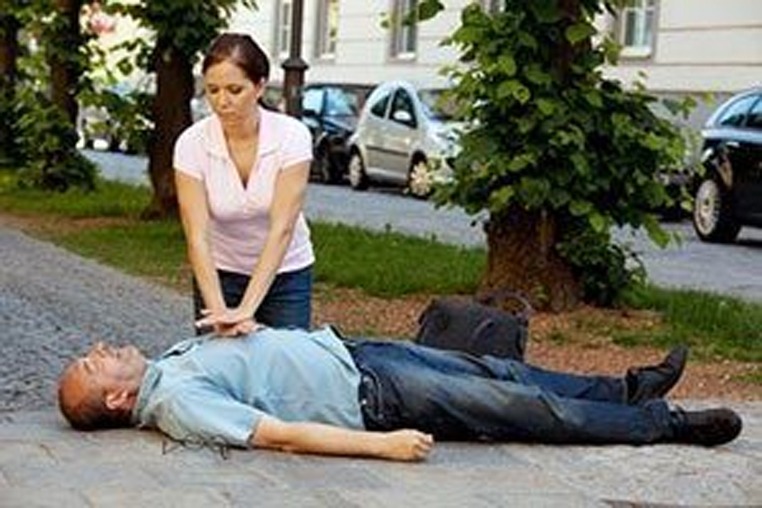
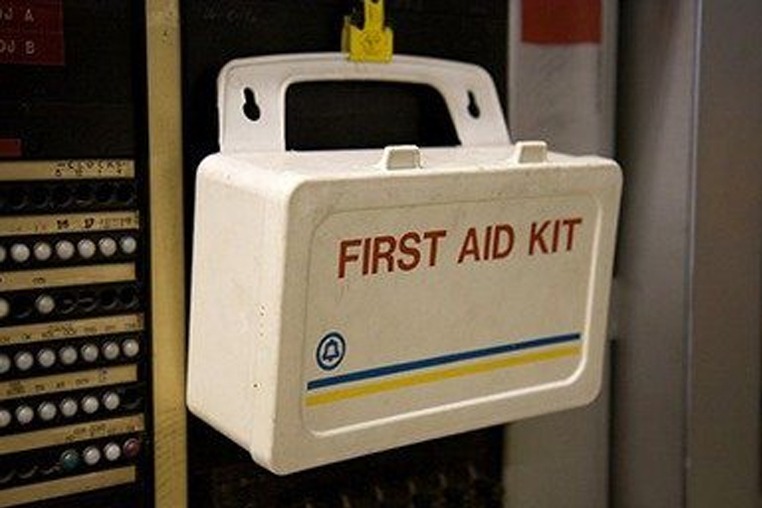
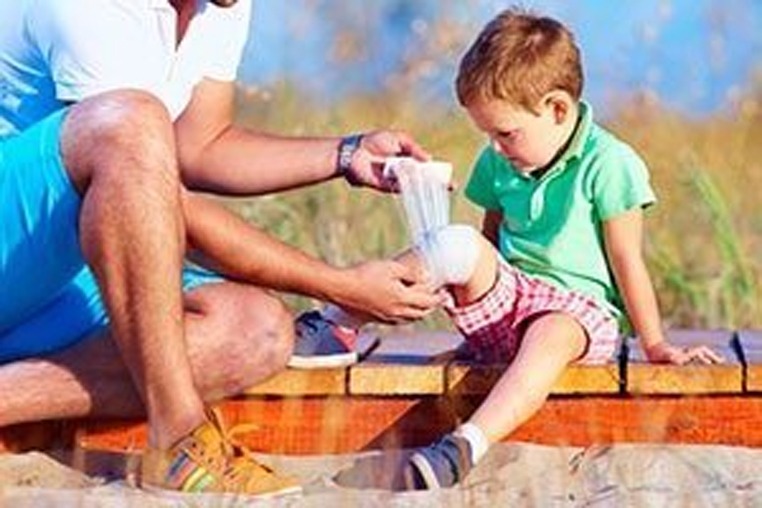








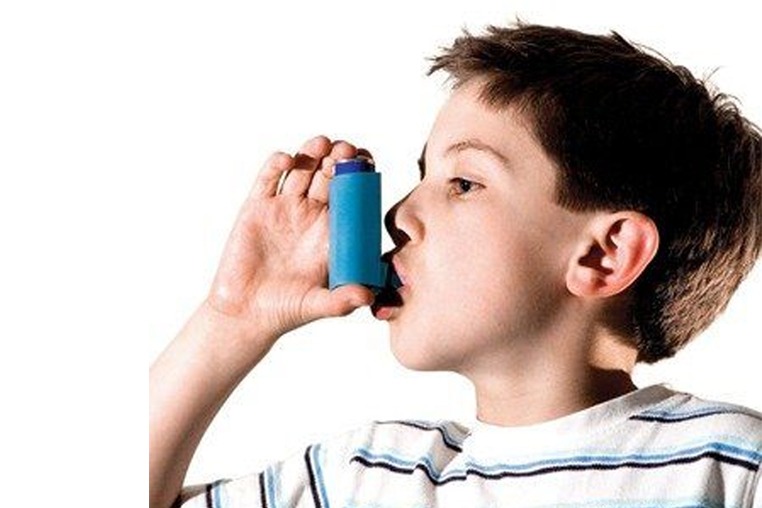
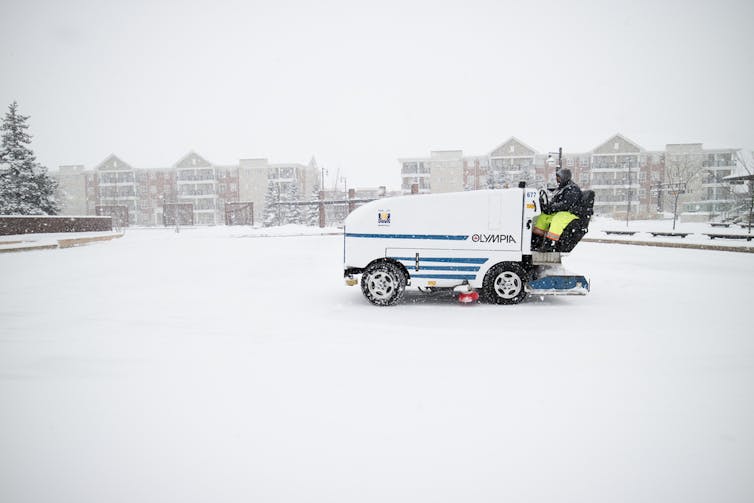
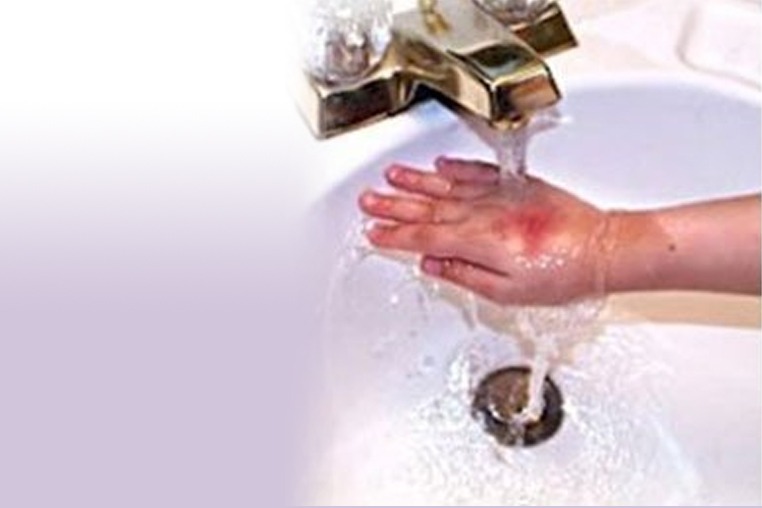
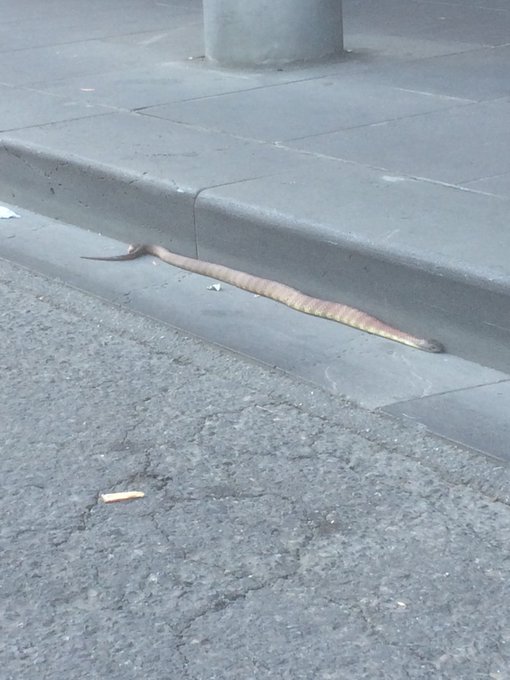

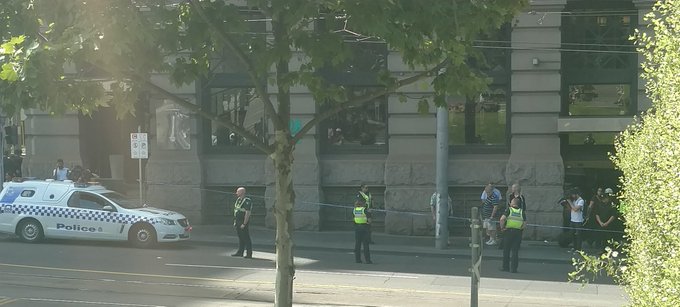


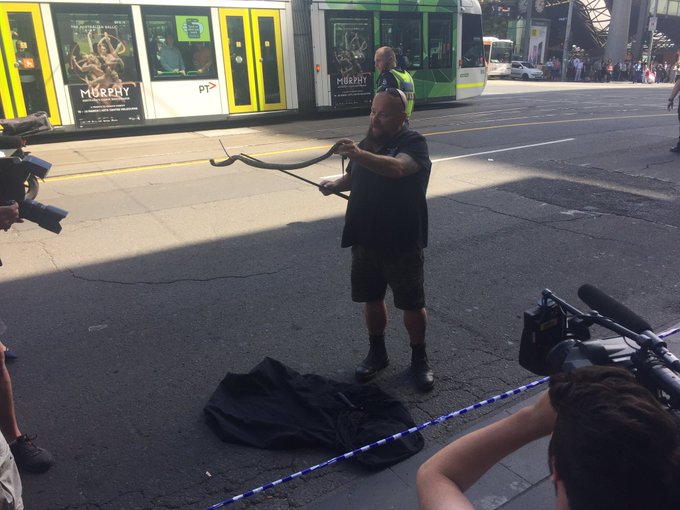
 “They come up the Yarra, they come up the drains”- Barry the snake catcher. Delightful
“They come up the Yarra, they come up the drains”- Barry the snake catcher. Delightful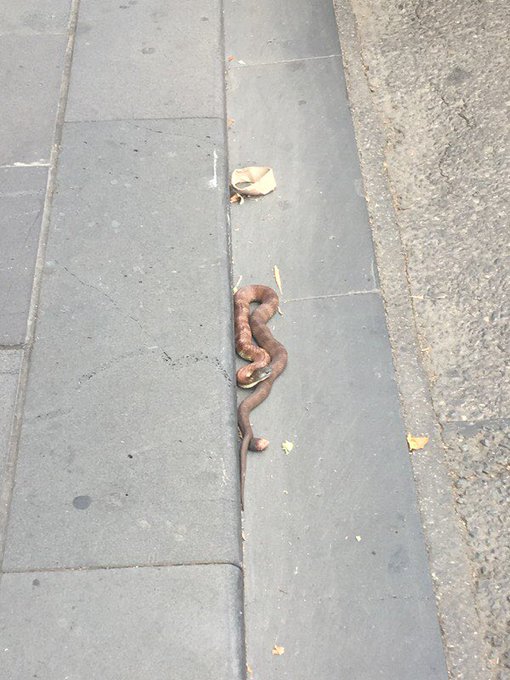
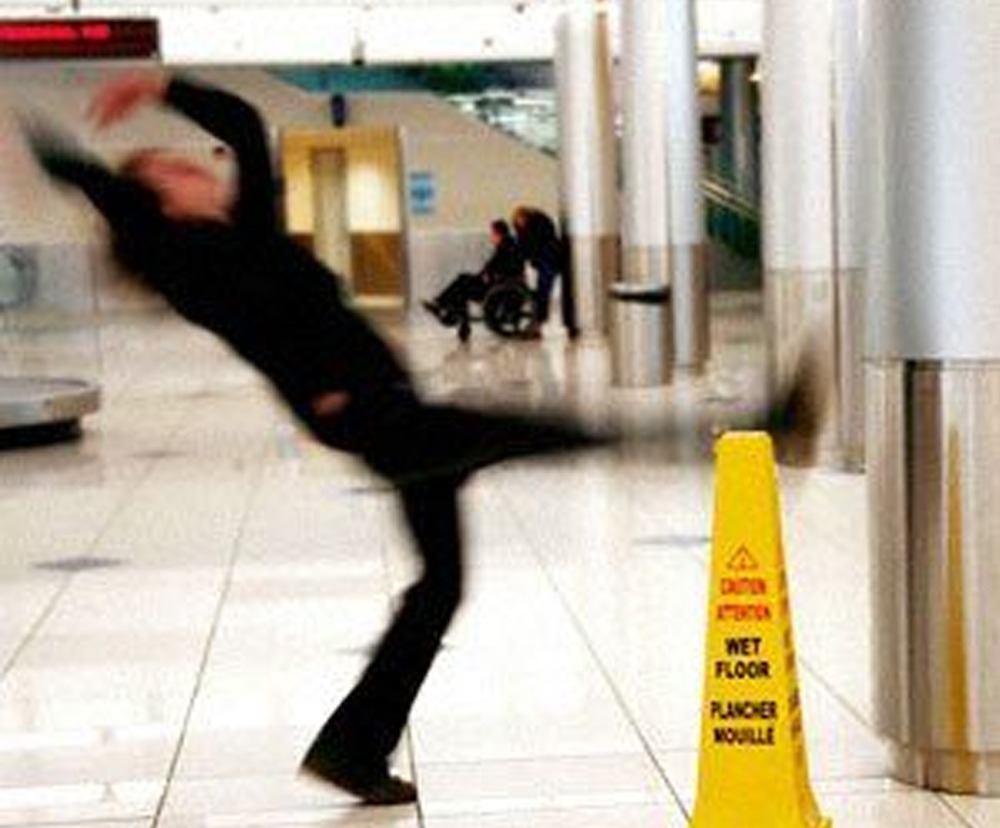






 If your little one falls and twists an ankle or overstretches another part of the body, they may have a
If your little one falls and twists an ankle or overstretches another part of the body, they may have a 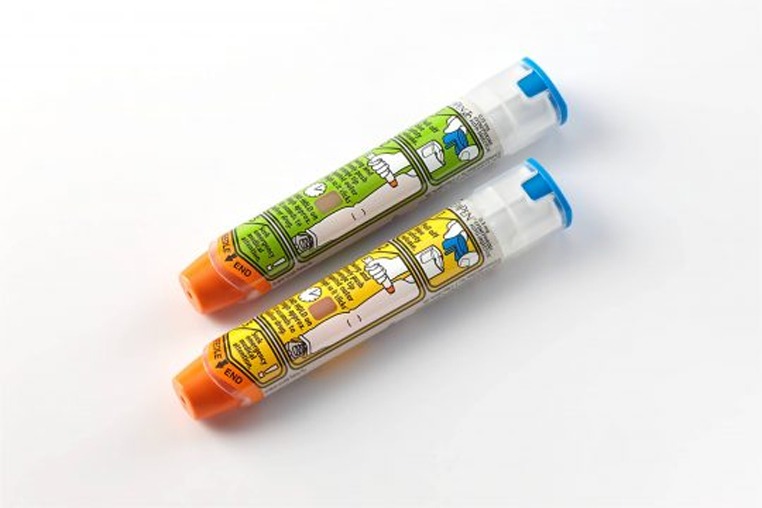
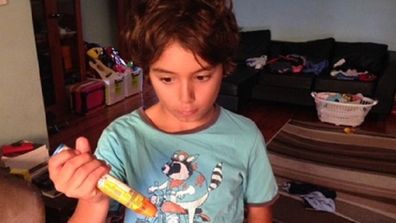


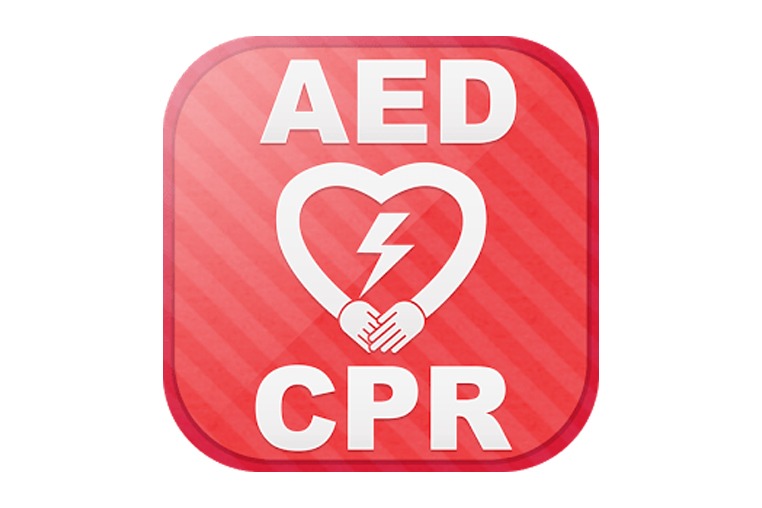
 Vanita Arora, Director & head Cardiac Electrophysiology Lab & Arrhythmia Services, Max Super Specialty Hospital Palpitations triggering cardiac arrest When the heart is not functioning properly for a prolonged period of time, it gives rise to a situation that may lead to sudden cardiac arrest, which is different from a
Vanita Arora, Director & head Cardiac Electrophysiology Lab & Arrhythmia Services, Max Super Specialty Hospital Palpitations triggering cardiac arrest When the heart is not functioning properly for a prolonged period of time, it gives rise to a situation that may lead to sudden cardiac arrest, which is different from a